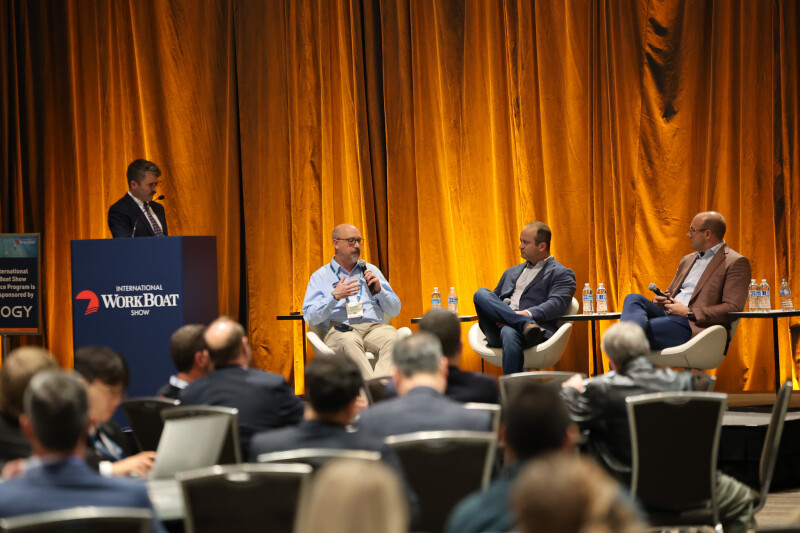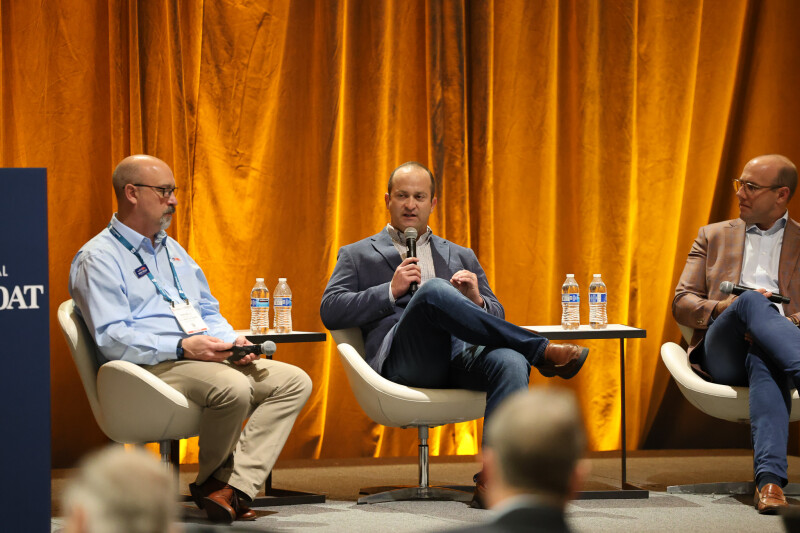From workforce development to military and commercial contracts to environmental regulations, shipyards face challenges that seemingly have no end.
When was the last time shipyard workers didn’t chase an extra $1.50 an hour at the next shipyard or a commercial customer didn’t need its new boat yesterday or regulatory agencies didn’t have a new set of rules ready for adaptation?
Workforce development has been a tough problem to solve. “It starts by creating a culture where people want to stay,” Garrett Rice, president, Master Boat Builders, Coden, Ala., told the audience Thursday during an International WorkBoat Show conference session “Shipyard Realities." “Everyone has a different idea what workforce development is. If you are looking just six months or a year out, you’re going to get run over.”

“We place a lot of emphasis on career growth,” he said. “We also provide them a safe means of communication if there’s a problem.”
D’Isernia said there is a lack of emphasis on all industrial trades, not just shipbuilding, and it’s having a negative effect on the culture of the young. “Our country needs to do a better job of putting trades in from of them,” he said.

“We’ve got to be in a constant state of training to our standards,” said All American’s Wille.
When it comes to contracts — military or commercial — all three shipyard executives agreed you must know what you are getting yourself and your shipyard into. “We’re very upfront about looking at a project. You have to have a great understanding of what you’re building.,” said D’Isernia. “I want to make sure I’m doing the things I know how to do.”
“We oftentimes have to take risks,” said Rice. “This is a high-risk business.”
D’Isernia said when comes to commercial versus military projects, one has to understand that each one is managed by a different culture. “Military tasks are different than commercial,” he said. “But you still have to build a quality product.”
Shipyards are having problems with the California Air Resources Board's (CARB) plans to extend the Commercial Harbor Craft (CHC) emissions rule to include all marine vessels, such as tugboats, towboats, and ferries, excluding fishing vessels.
The expansion aims to reduce particulate matter emissions in California’s coastal communities. CARB approved the amendments in 2022, which will require zero-emission options where feasible, and cleaner combustion Tier 3 and Tier 4 engines on all other vessels.
“We’re struggling with it,” said Wille. “It’s not an efficient way of handling things. They’re proposing rules we just can’t meet.”



.JPG.small.400x400.jpg)

